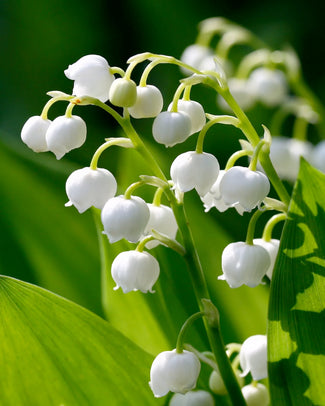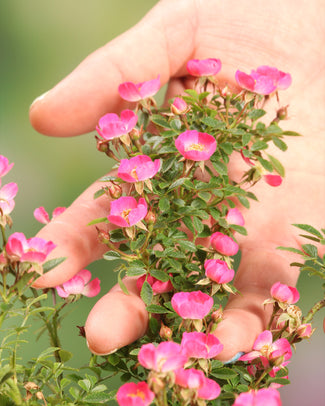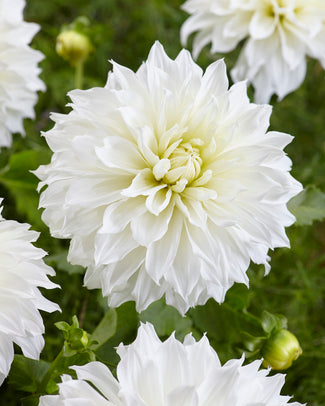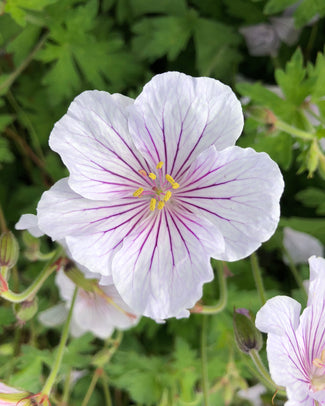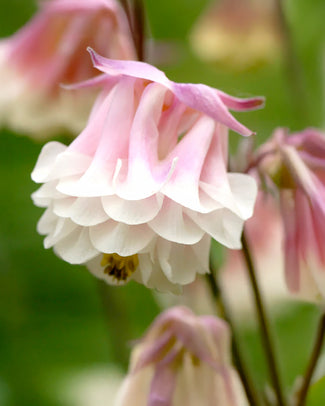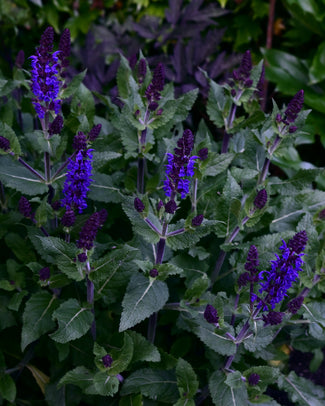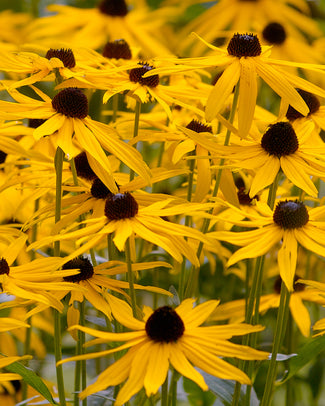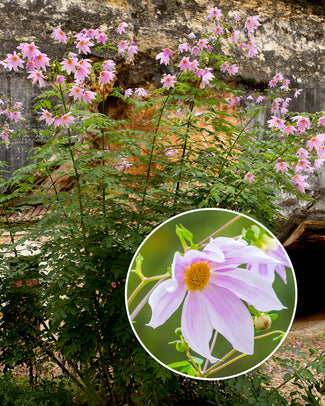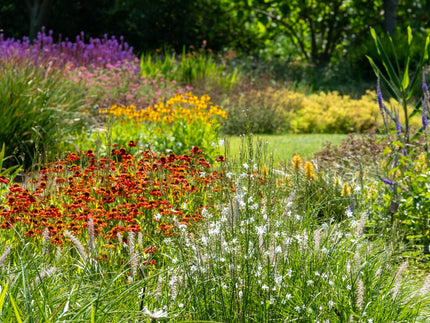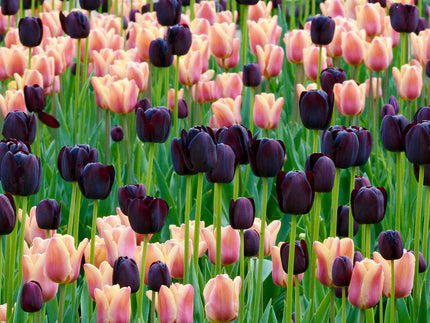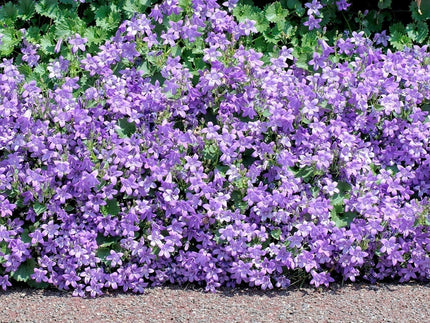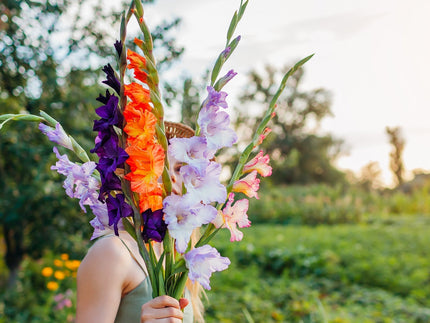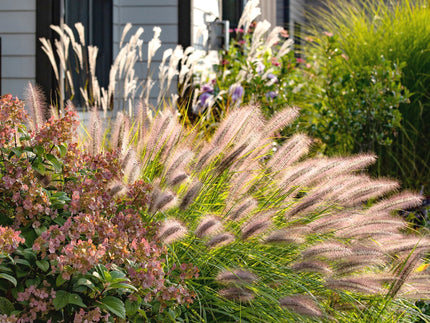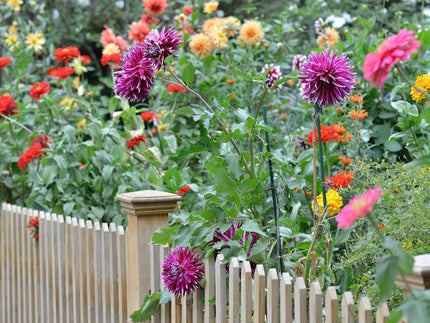How to plant Salvia
Salvia are long-living, resilient perennial plants which cope well with sunny, dry conditions once established. They're low-maintenance plants, although supplied as bare root or root-ball plants, they will need a little more attention to start with while they're settling in. We recommend potting them up on arrival and growing them on for 1-3 months until they are more established before planting them out into borders or sunny, dry areas. You'll need to water them regularly during the first growing season, but after the first year they require minimal effort and will grow back every year.
How to plant:
—Plant as soon as possible after delivery. You can plant salvias in spring or autumn but they must be planted in the same season as supplied, ideally within a week of delivery while they're still fresh and viable. Salvia are fairly hardy and there is no need to protect most varieties over winter. If temperatures are likely to fall below -5C, it is a good idea to protect them with mulch or fleece, or move newly-potted salvias under cover during cold snaps.
—Salvias are supplied either as root balls (like potted plants with soil on the roots) or as bare roots (without soil). Root ball plants are slightly more established and can often be planted directly into a clear space in a well cultivated border, depending on the soil type, moisture levels and growing conditions in the border. Avoid planting them directly into a space which could soon become over-crowded by more established plants. Salvias supplied as bare roots should be individually potted up in multipurpose compost and grown on for 1-3 months before transferring to a border, this will give them an easy start and then they can be transferred into a border once they are more established.
—Soak bare roots in water for 3-6 hours prior to planting. Salvias supplied as root balls will also require watering on arrival.
—Plant bare roots or root balls so that the root system is fully submerged in the compost, leaving the buds/crown just below the surface. Any young shoots/leaves or stems should be left exposed above the soil surface.
—If planting root ball plants directly into a clear border, choose a sunny position with free-draining soil and space the plants 20-30cm apart if forming a group. Bushy Salvia microphylla varieties will need more space between plants, approximately 40-50cm. Add multipurpose compost to each planting hole to help the new roots grow. If you are planting in containers or potting up bare roots to grow-on, you should use multipurpose compost and a 15-20cm pot for each plant.
—Salvia are drought tolerant and don't like to be in wet conditions all the time. Water thoroughly immediately after planting and continue watering regularly in the first year, but only when the soil starts to feel dry 2-3cm below the surface.
Aftercare:
—There should be some buds or shoots visible on the plants/bare roots when they are supplied. After planting, the buds or shoots should continue to grow and produce leaves. When planting in autumn, buds may not yet be visible however they may produce some initial growth before winter, then become dormant and stop making progress until the following spring. If planting in spring, they should grow and produce leaves through spring and summer. Whether they flower in the first year usually depends on how early in the season they are planted and also the growing conditions. If they do not flower in the first year, they should start flowering from the second year.
—After flowering, trim the stems down as far as the foliage. Clump-forming Salvias such as Salvia nemorosa and Salvia pratensis can be cut right down to around 3-5cm from the base in autumn. The more woody Salvia mycrophylla like 'Papajan' and 'Hot Lips' can be trimmed by around one third in autumn, then cut back by a further third around March/April after any harsh frosts.
—Pair with sun-loving perennials or ornamental grasses which will enjoy similar growing conditions, such as Pennisetum, Helenium, Echinacea and Rudbeckia.
Read further general instructions about planting bare-root perennials





















































































































































































































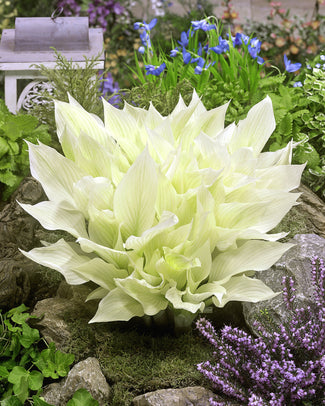
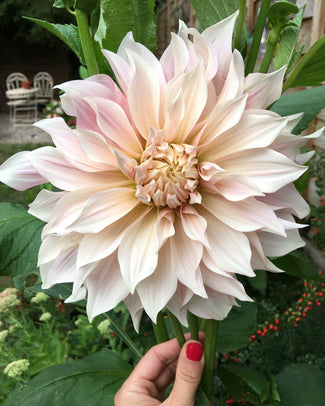
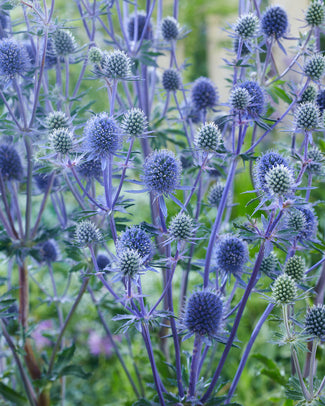
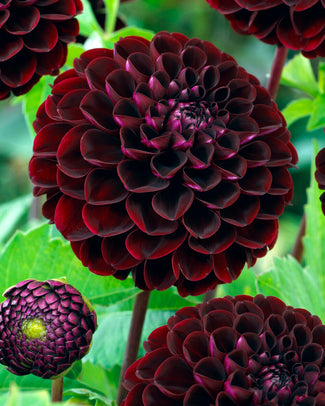
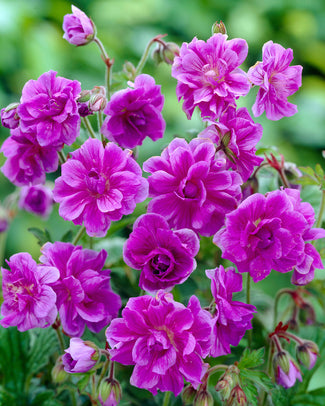
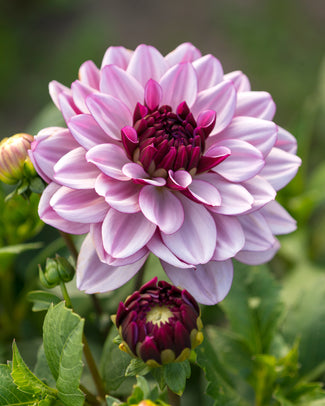
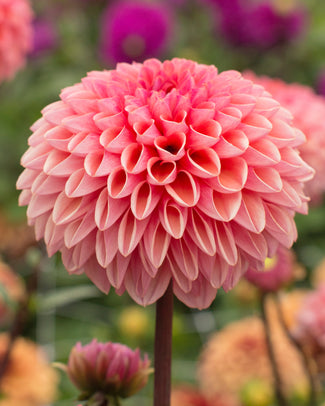
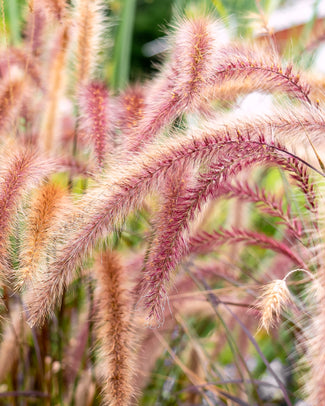
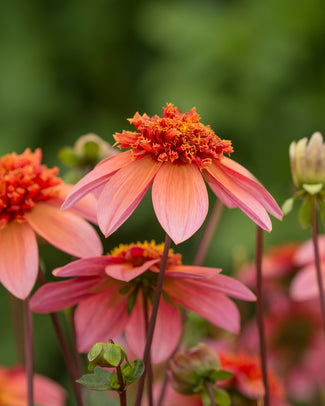

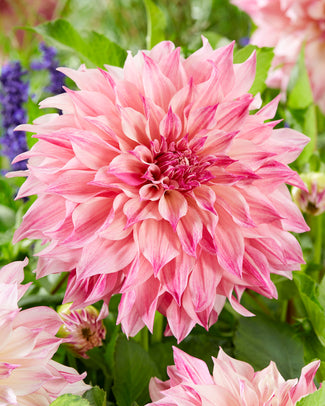
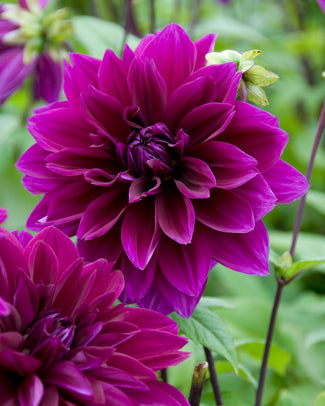
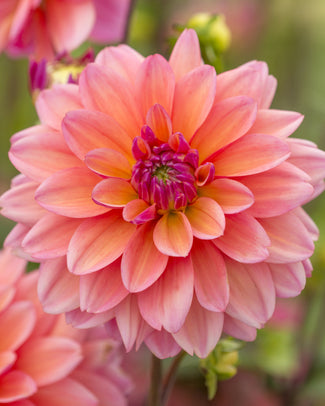
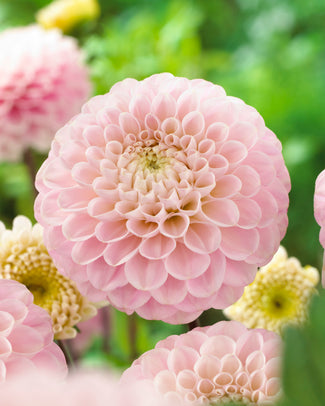
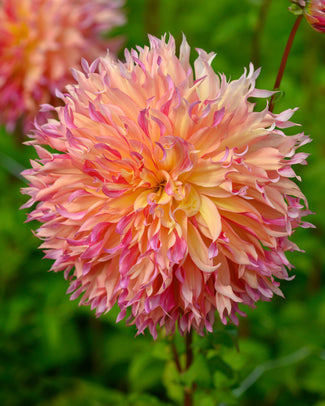
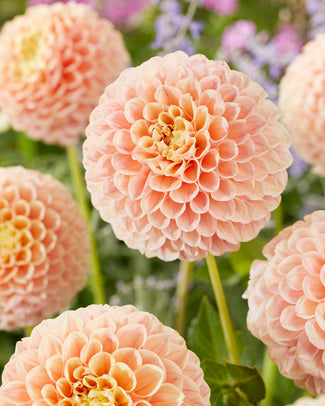
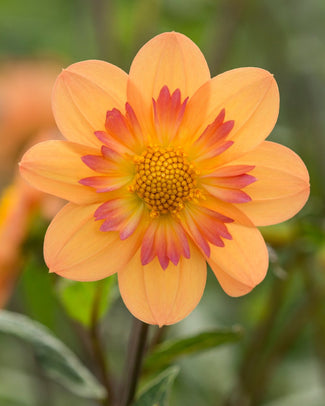
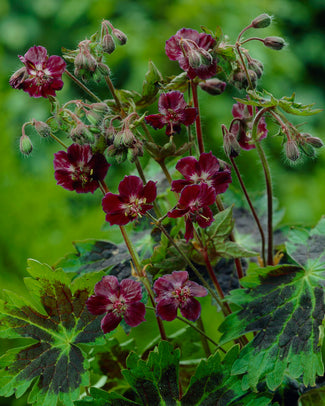
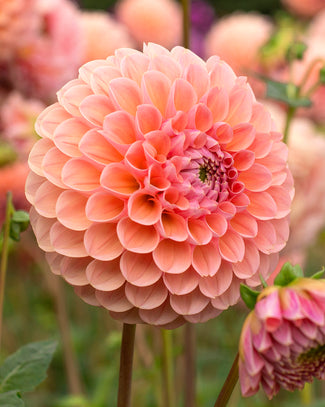
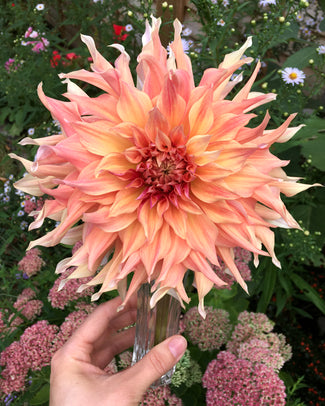
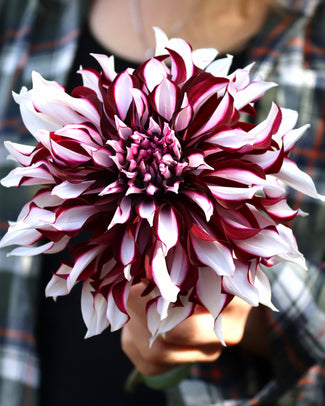
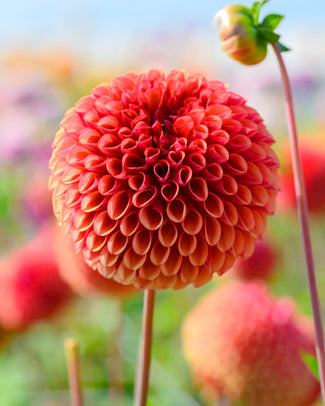
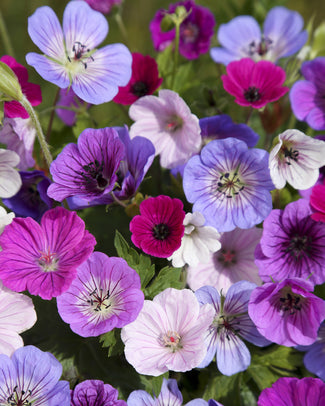
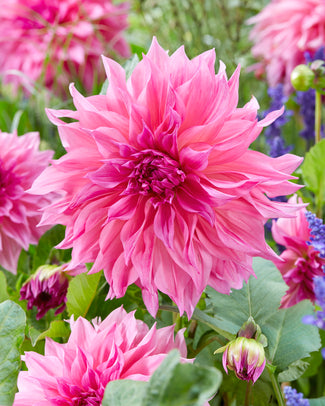

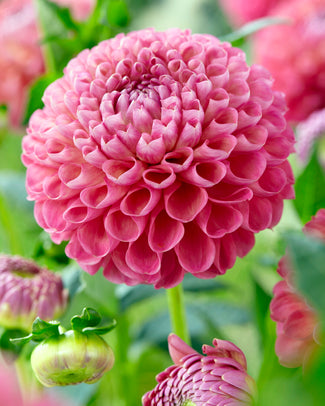
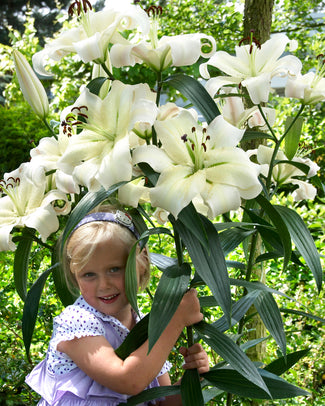
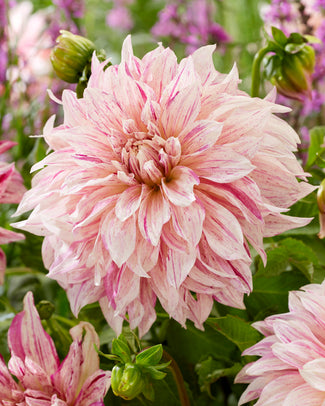
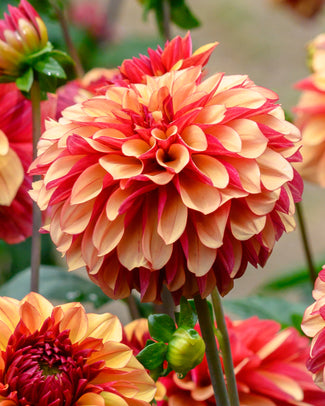
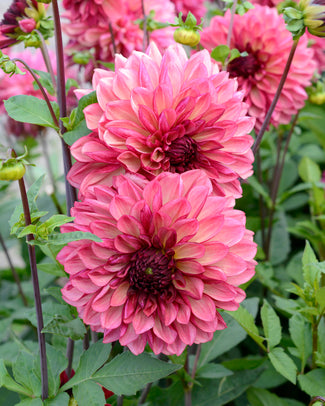
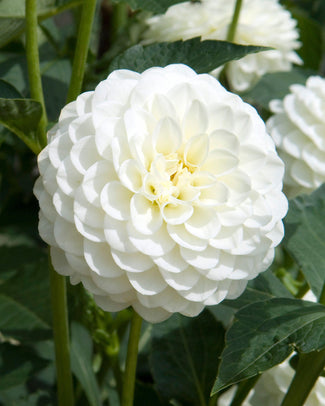
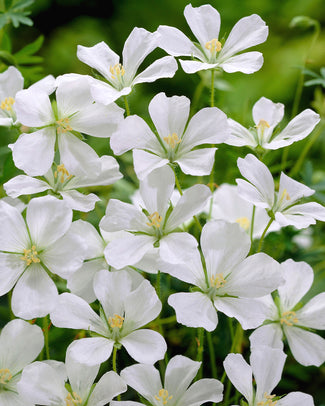
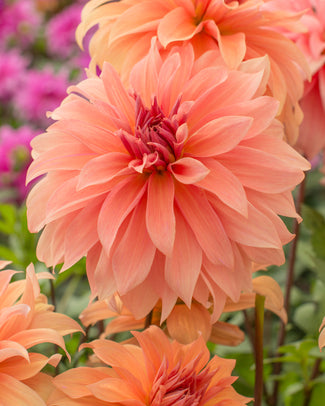
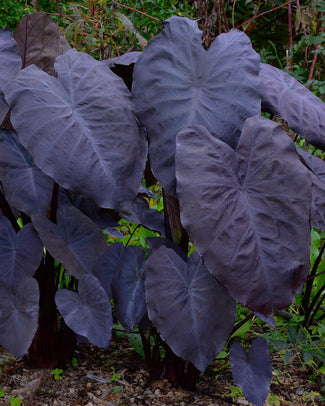
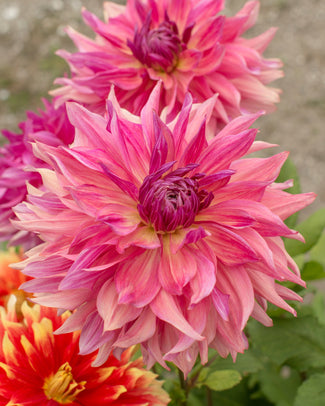
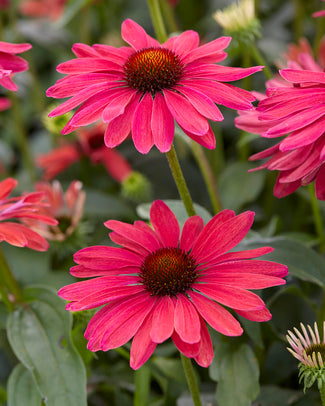
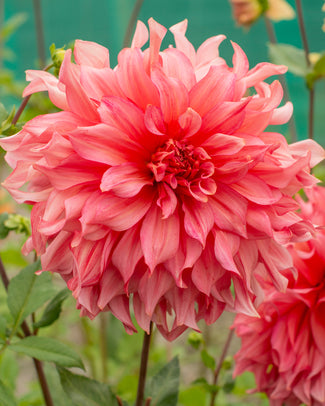
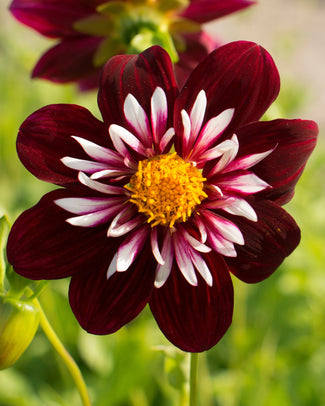
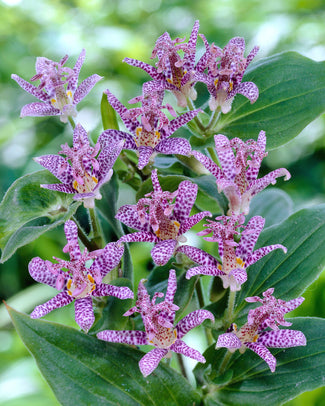
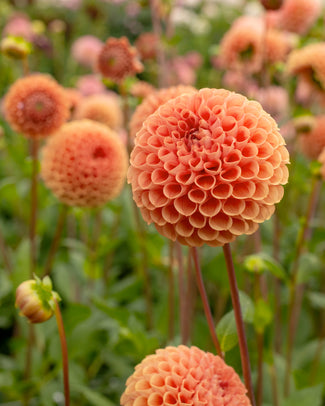
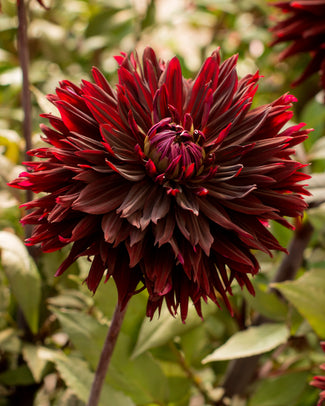
![Agapanthus 'Black Buddhist' []](http://www.farmergracy.co.uk/cdn/shop/products/agapanthus-black-buddhist-1_325x.jpg?v=1575625838)
